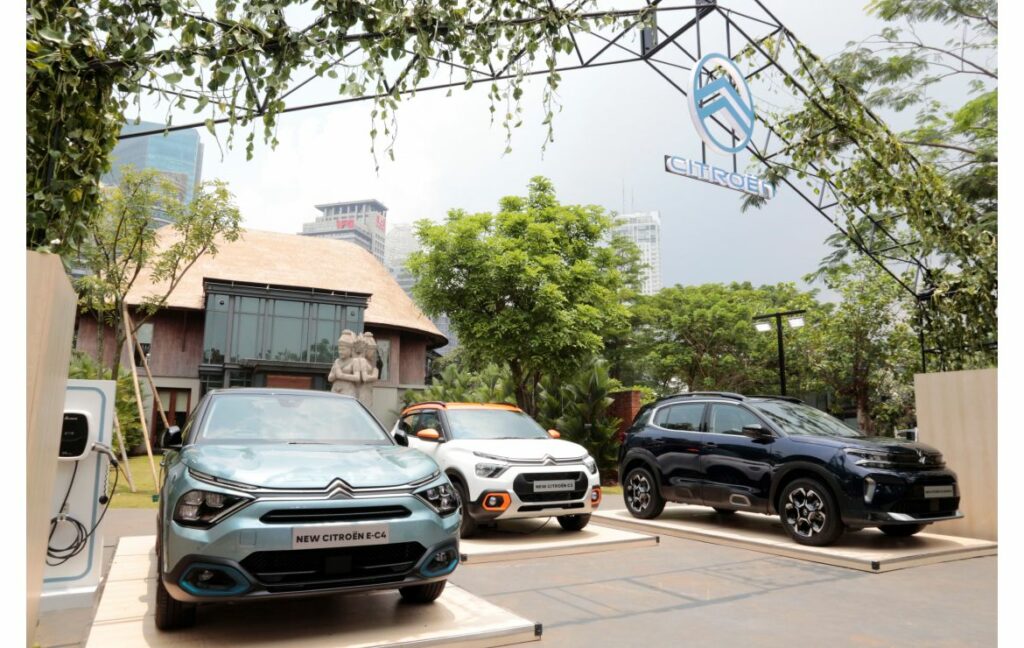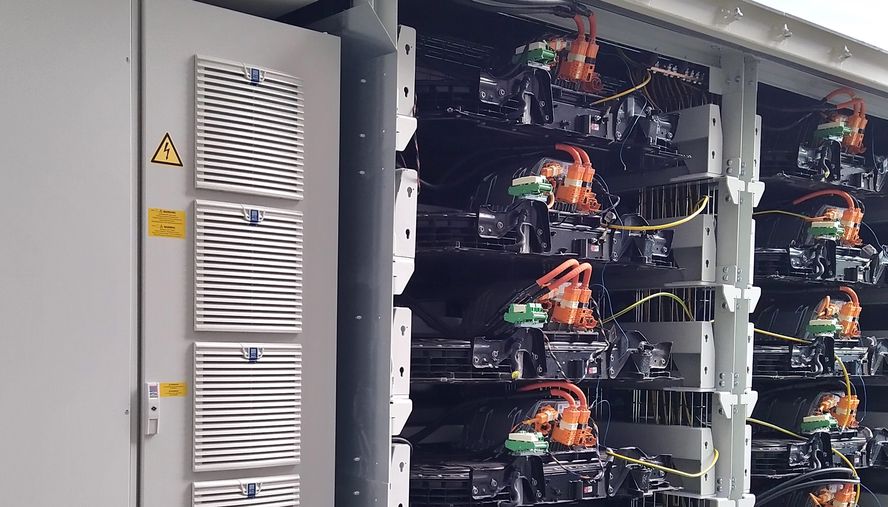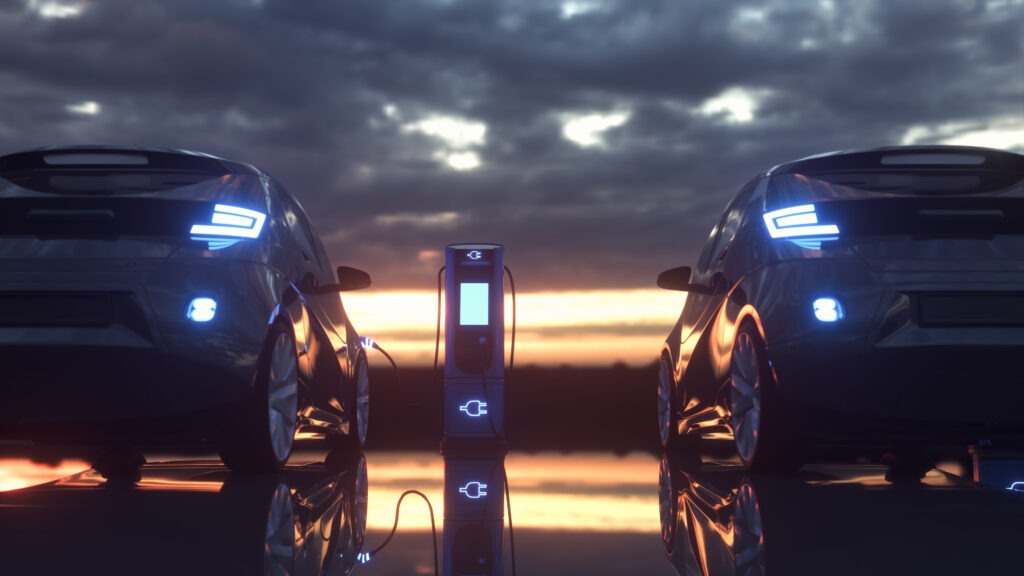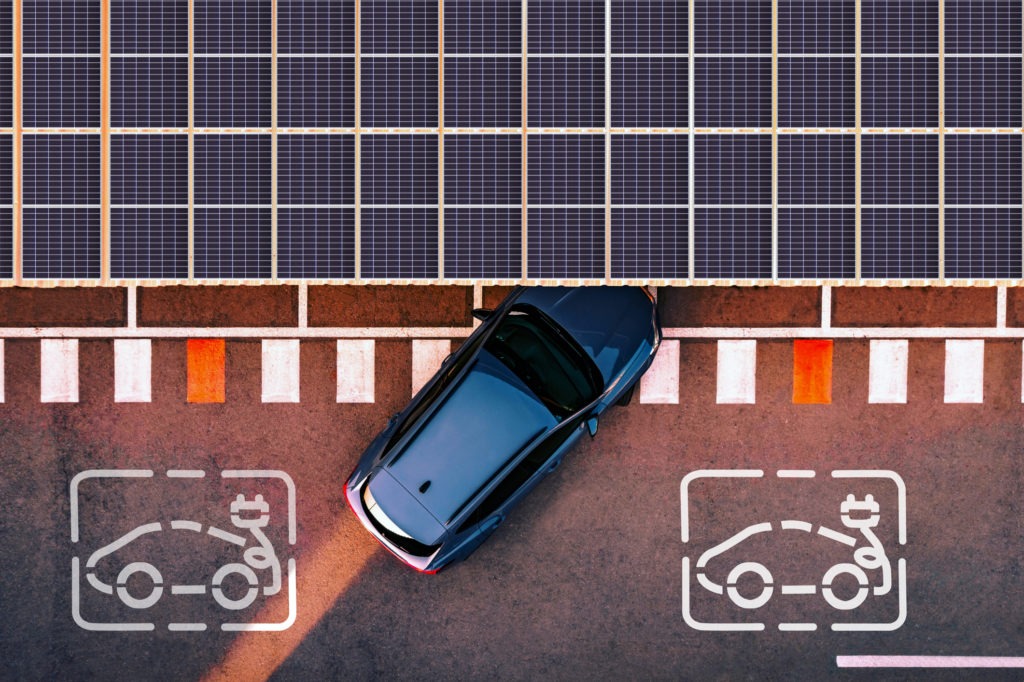Why Western carmakers are eyeing up Indonesia
17 October 2022

With favourable incentives and low car-ownership rates among the huge population, Indonesia is offering market opportunities to Western manufacturers, writes Autovista24 journalist Rebeka Shaid.
Indonesia is an attractive automotive market for global players, with Japanese manufacturers like Toyota, Daihatsu, and Mitsubishi largely dominating the scene. European models are less present, but that is not stopping Stellantis-owned Citroën from launching its brand in the world’s fourth most populous country. So why is this emerging market of growing importance to Western carmakers?
Indonesia is home to a number of car-manufacturing sites, primarily operated by Asian companies. In 2021, the country produced about 889,700 passenger cars, up from 551,000 in the previous year. In Southeast Asia, it is among the largest automotive markets, also boasting the biggest economy in the region.
‘This is a very big potential for automotive manufacturers to invest in Indonesia because we will also accommodate it with policies that will support the investment’
Agus Gumiwang Kartasasmita, Indonesia’s minister of industry
Inflation in the resource-rich nation is comparatively low and hit 5.95% in September, up from 4.69% in August. The country’s population, which hovers around the 275 million mark, underlines its growth potential – especially as there are only 40 cars per thousand people, according to recently published data by market and consumer analytics company Statista.
The fact that car ownership is low compared to neighbouring countries makes Indonesia an appealing target for foreign brands looking to expand opportunities. Earlier this year, the nation’s industry minister, Agus Gumiwang Kartasasmita, said that the low level of vehicle ownership could offer distinct advantages to carmakers.
‘This is a very big potential for automotive manufacturers to invest in Indonesia because we will also accommodate it with policies that will support the investment,’ he said.
The government is increasing its investments in road infrastructure – which is not a straightforward task considering Indonesia is home to some 17,000 islands – and the wider automotive landscape. It is equally keen to draw in investments from abroad, not least to bolster the market for electric vehicles (EVs).
‘Win the market’
The time seems right to enter Indonesia’s automotive market as vehicle sales increase, with significant demand potential. European carmakers such as BMW, Mercedes-Benz, and Peugeot only sell a fraction of vehicles compared to market leader Toyota, which sold around 295,770 vehicles there in 2021. But Citroën is ready to take on the task of building its brand in Indonesia.

‘Every brand has its own objectives and strategies to win the market. We had an in-depth market study beforehand and based on the insights, we have decided on the right products that meet the demand of most Indonesian consumers. We believe the heritage, the appealing design, the outstanding comfort, as well as the modern features that Citroën has will drive this brand to success in Indonesia,’ a Citroën spokesperson told Autovista24.
The carmaker plans to roll out its first models in Indonesia next year. It has partnered with Indomobil Group, which will be solely responsible for distributing Citroën vehicles. The model mix includes an SUV, a small car, and an EV, with the manufacturer initially offering the C5 Aircross, the new C3, and the ë-C4.
‘Our primary ambition is to position ourselves as a brand that offers a different experience and cares for its customers. Together with the Indomobil team, we are aware of the market conditions and believe we will bring a relevant offer,’ Citroën added.
EV incentives
Citroën’s initial model offer is not a coincidence. Family-friendly vehicles are among the best-selling cars in Indonesia, many of which are powered by fossil fuels. But the Indonesian government is also eager to increase the share of electric vehicles as air pollution in the country ranks among the worst in the world.
EV sales in the country have increased and to further generate interest among the population, the country is looking to introduce game-changing EV incentives in 2023. Talking to Bloomberg, the transport minister of Indonesia, Budi Karya Sumadi, said the government aims to subsidise purchases of EVs in 2023 to spur on electromobility and make electric vehicles more cost-competitive.
Popular EV models include Hyundai’s Ioniq5, Nissan’s Leaf, as well as Lexus’ UX300e and Toyota’s C+pod. However, electric cars in the country are not only competing with their internal-combustion engine (ICE) counterparts, but also with two-wheelers such as motorbikes and electric scooters.
Manufacturing hub
As the largest producer of nickel and a key supplier of cobalt and copper ores, Indonesia is also playing a significant role in the global EV transition. Supply-chain disruption caused by the war in Ukraine and COVID-19 restrictions in China have also highlighted Indonesia as a favourable location to secure and diversify supplies.
The government is hoping to turn the country into an EV manufacturing hub and is reportedly wooing Western manufacturers such as Tesla to build a production site in the country although this has not yet been confirmed. Meanwhile, Ford and partners have struck a deal with mining company Vale Indonesia this year to build a nickel chemical extraction plant.
Joko Widodo, Indonesia’s president, is also eager to attract investments from European car brands. In an interview with German newspaper Handelsblatt published on 10 October 2022, he said the country is the ‘ideal production location’ for carmakers. Widodo emphasised that prominent German brands such as Mercedes-Benz, BMW, and Volkswagen (VW) could move their EV supply chains to Indonesia, including nickel processing sites and EV battery production facilities.
The country wants to become more than a supplier of raw materials as it aims to build an EV ecosystem. While fully-electric cars claim a small share of the vehicle market and the number of charging stations remains in the lower hundreds, the Indonesian government has come up with an electrification roadmap. It wants to locally produce more than 600,000 four-wheeled EV units by 2030.
It is fair to say that Indonesia’s EV market is still in its infancy, but it would be foolish to dismiss its growth potential. The country’s young demographic, its rich resources, and the growing rate of urbanisation, alongside the government’s efforts to build awareness of electrification and offer incentives to foreign companies, are all important factors for Western carmakers.
Citroën’s presence in Indonesia might not shake up the market, but it is an indication that momentum is building and that the country is increasingly attracting international attention.



